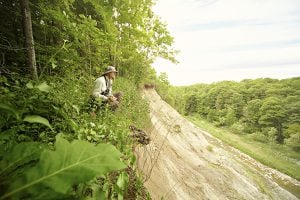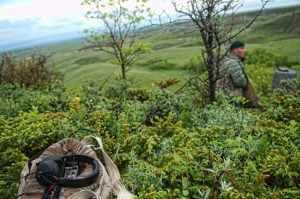In the wake of the expropriation, the residents’ organized resistance is said to have led to changes in the National Parks Act, stipulating that residents would not be forced from their homes for the creation of future parks. In 2011, the government also issued a formal apology and offered free park passes to Forillon National Park’s former residents for up to three generations.
Hermeline Smith Simon and Debbie Philips are members of the Association of Persons Expropriated from Forillon and their Descendants, which continues to fight for the rights of former residents and their descendants.
The two met in the 1980s through their husbands and have bonded over a love of outdoor sports. Simon is 70 years old and Philips is 66 — they were both young women when the expropriation took place. But even after so many years, they can still recall the impact it had on their families and the traumatic changes it caused.
Debbie Philips’ family was forced from their home when she was 14. They were lucky to be able to relocate to her grandparents’ home just a few kilometres away. But even though the distance was small, the move was far enough that the family was now settled in a new community. This was challenging for the teenager, but her parents had other concerns. Before their move, the family had been living in a lodge they had purchased after World War II. The building, which had originally been used as soldiers’ barracks, consisted of a lobby, dining room and nine bedrooms. Philips’ parents had converted the space into a bed and breakfast, which they operated along with a general store. When the family was forced to relocate, they lost both businesses. The family received little compensation because the government deemed the business as “seasonal” and therefore “not worth much money”.
From then on, her parents did what they could to get by, doing odd jobs and collecting unemployment. Philips said her father never got over the loss. “My dad was very bitter. He went to his grave being very bitter,” Philips said. For her part, though, she’s happy that after more than 50 years of sitting empty, the properties that remain standing in Forillon National Park will be rehabilitated. She says there is some irony in the fact that when the families were removed from their houses they were told the properties had very little value, but now they are considered to be worth something.












